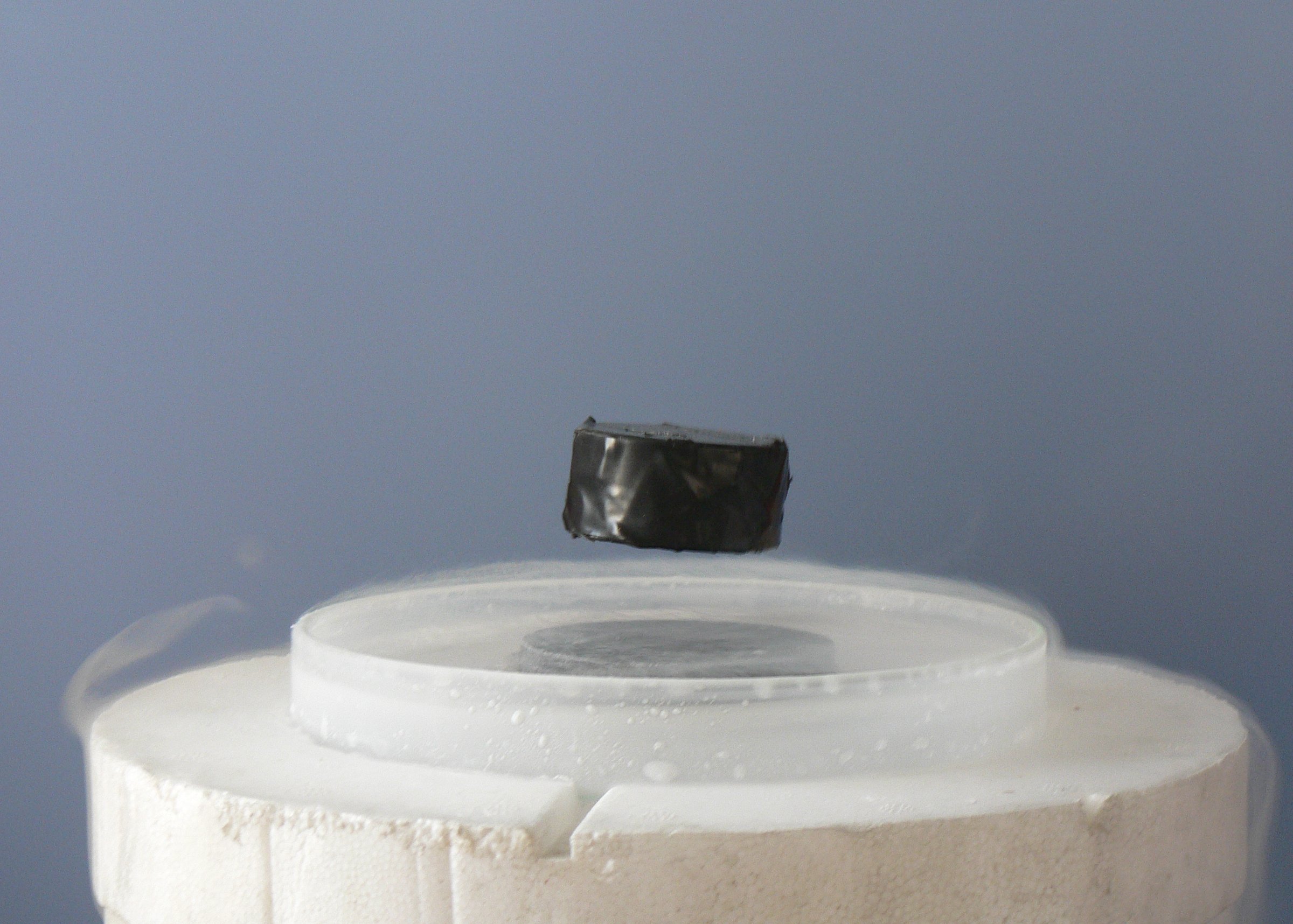Superconductivity
- Introduction to Superconductivity
- Theoretical Foundations
- Types of Superconductors
- Superconducting Materials
- Superconducting Phenomena
- Superconducting Devices
- Superconductivity and Quantum Computing
- Challenges in Superconductivity
- Future of Superconductivity
- Case Study: Superconductivity in Energy Sector
- Case Study: Superconductivity in Medical Field
- Case Study: Superconductivity in Transportation
Challenges in Superconductivity
Material Challenges in Superconductivity

Electrical conductivity with exactly zero resistance.
Superconductivity, the phenomenon of zero electrical resistance in certain materials when cooled below a characteristic critical temperature, has been a subject of intense research since its discovery in 1911. Despite the significant advancements in the field, there are still several material challenges that need to be addressed.
Limitations of Current Superconducting Materials
The current superconducting materials, while effective under certain conditions, have their limitations. For instance, conventional superconductors need to be cooled to extremely low temperatures, close to absolute zero, to exhibit superconductivity. This makes them impractical for many applications. High-temperature superconductors, on the other hand, while working at higher temperatures, are still far from room temperature and require complex cooling systems.
Achieving High-Temperature Superconductivity
One of the biggest challenges in the field of superconductivity is achieving high-temperature superconductivity, ideally at room temperature. While there have been promising discoveries, such as the cuprates and iron-based superconductors, these materials still require cooling to temperatures that are not practical for widespread use. Furthermore, these materials are often brittle and difficult to manufacture into useful forms, such as wires or films.
Material Instability and Degradation
Superconducting materials can be sensitive to their environment, and their superconducting properties can degrade over time. This is particularly true for high-temperature superconductors, which can lose their superconducting properties due to factors such as oxygen loss, chemical instability, or structural changes. This instability poses a significant challenge for the long-term use of these materials in practical applications.
The Need for Cryogenic Conditions
Even high-temperature superconductors need to be cooled to cryogenic temperatures (below -150 degrees Celsius) to exhibit superconductivity. Maintaining these conditions requires complex and energy-intensive cooling systems, which can offset the energy savings from the zero electrical resistance of superconductors. This need for cryogenic conditions is one of the major hurdles in the widespread adoption of superconducting technology.
In conclusion, while superconductivity holds great promise for a range of applications, from energy transmission to quantum computing, there are significant material challenges that need to be overcome. Continued research and development are needed to discover new superconducting materials that can operate at higher temperatures, are stable and durable, and can be manufactured into practical forms.